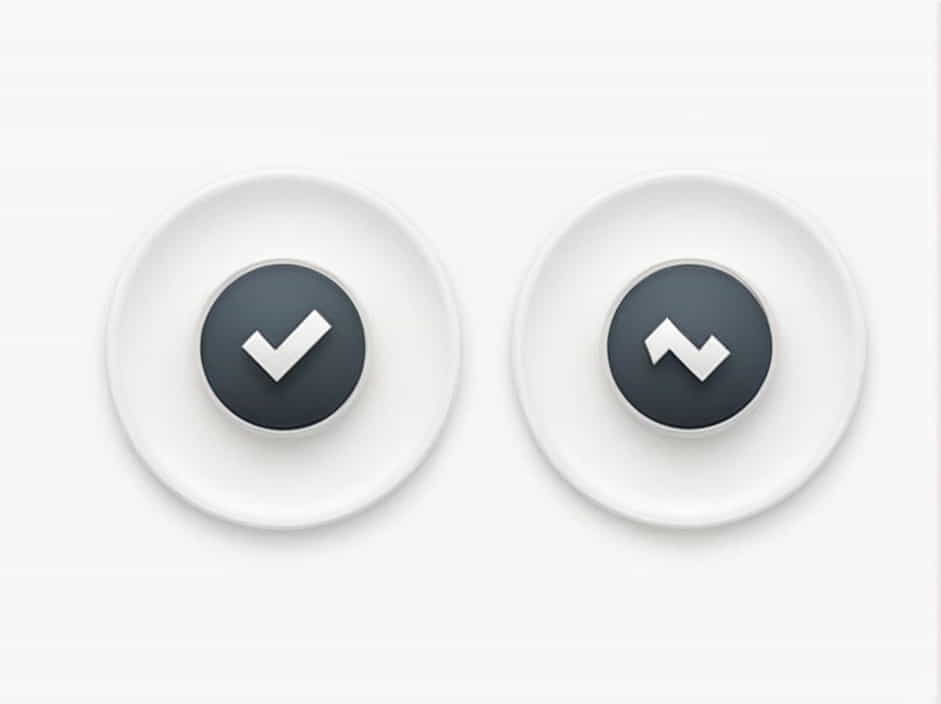When choosing a health insurance plan, two important terms often come up: out-of-pocket maximum and deductible. Both play a crucial role in determining how much you pay for healthcare services, but they function in different ways.
Understanding these terms can help you make informed decisions about your health insurance, manage medical costs efficiently, and avoid unexpected expenses.
What is a Deductible?
A deductible is the amount you must pay out of pocket before your insurance plan starts covering certain healthcare costs.
How Deductibles Work
- If your deductible is $1,500, you will need to pay that amount for covered medical expenses before your insurance begins to contribute.
- After reaching your deductible, your insurance starts sharing the cost of medical services through coinsurance or copayments.
Types of Deductibles
- Individual Deductible: Applies to a single person on the plan.
- Family Deductible: The total amount a family must pay before insurance starts covering all members.
- Embedded Deductible: In family plans, each member has an individual deductible, but there is also a total family deductible cap.
- Non-Embedded Deductible: The full family deductible must be met before any benefits apply.
What Counts Toward a Deductible?
- Doctor visits (if not covered by copayments)
- Prescription medications (depending on the plan)
- Diagnostic tests and imaging
- Hospital stays
What Doesn’t Count Toward a Deductible?
- Monthly insurance premiums
- Services fully covered by insurance (e.g., preventive care)
- Copayments (depending on plan structure)
What is an Out-of-Pocket Maximum?
The out-of-pocket maximum is the highest amount you will pay for covered healthcare services in a given year. Once you reach this limit, your insurance covers 100% of eligible medical expenses for the rest of the year.
How Out-of-Pocket Maximum Works
- If your out-of-pocket maximum is $8,000, once you’ve paid that amount in deductibles, copays, and coinsurance, your insurance will cover all remaining costs for covered services.
- Monthly premium payments do not count toward this limit.
What Counts Toward the Out-of-Pocket Maximum?
- Deductibles
- Coinsurance
- Copayments
- Any other covered healthcare expenses you pay out of pocket
What Doesn’t Count Toward the Out-of-Pocket Maximum?
- Monthly insurance premiums
- Out-of-network care (if not covered by the plan)
- Non-covered medical services (e.g., elective cosmetic surgery)
Key Differences Between Out-of-Pocket Maximum and Deductible
| Feature | Deductible | Out-of-Pocket Maximum |
|---|---|---|
| Definition | Amount you pay before insurance starts covering costs | Maximum you pay before insurance covers 100% |
| Includes | Medical services, prescriptions (varies by plan) | Deductibles, copayments, and coinsurance |
| When Does It Apply? | At the start of medical spending | After reaching deductible and other costs |
| Does Insurance Cover 100% After This? | No, you still pay coinsurance and copays | Yes, insurance pays 100% after reaching the limit |
| Typical Range (2024) | $500 – $5,000 | $4,000 – $9,500 (individual) |
Real-Life Example
Let’s say you have a health plan with the following details:
- Deductible: $2,000
- Coinsurance: 20%
- Out-of-Pocket Maximum: $7,000
Scenario 1: You Have a $10,000 Medical Bill
- You pay the first $2,000 to meet your deductible.
- The remaining $8,000 is subject to coinsurance (you pay 20%, insurance pays 80%).
- Your coinsurance share is $1,600 (20% of $8,000).
- Your total out-of-pocket cost so far is $3,600 ($2,000 deductible + $1,600 coinsurance).
- Since this is below your $7,000 out-of-pocket maximum, you continue paying for services as needed.
Scenario 2: You Have Multiple Medical Bills
- You pay $2,000 for an initial hospital visit (meets deductible).
- You later have another $20,000 surgery bill.
- You pay 20% coinsurance on remaining costs until you reach the $7,000 out-of-pocket maximum.
- After hitting this limit, your insurance covers all further costs for the year.
Which is More Important: Deductible or Out-of-Pocket Maximum?
The answer depends on your medical needs:
- If you are generally healthy, a low deductible plan may be ideal, as it ensures insurance kicks in sooner.
- If you expect high medical costs, focus on the out-of-pocket maximum, as this determines the total financial burden for the year.
How to Choose the Right Health Plan
When selecting a plan, consider:
- Your Expected Medical Expenses: If you have frequent doctor visits or ongoing treatments, a lower deductible may be better.
- Monthly Premium Costs: Lower deductibles often come with higher premiums, so balance costs accordingly.
- Coinsurance & Copayments: Even after meeting a deductible, out-of-pocket costs can add up.
- Network Coverage: Out-of-network care often doesn’t count toward limits, so check provider networks.
Both deductibles and out-of-pocket maximums are essential in understanding healthcare costs. The deductible determines when insurance starts paying, while the out-of-pocket maximum ensures you never pay beyond a certain limit for covered services.
By carefully reviewing plan details and estimating medical expenses, you can select an insurance policy that provides the right balance of affordability and coverage for your needs.
